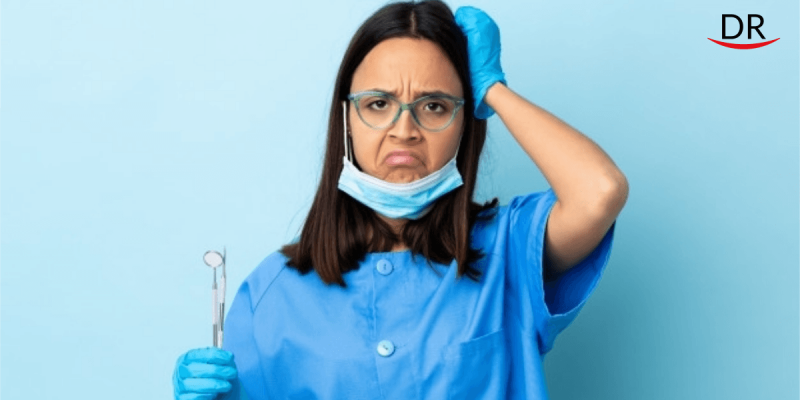The literal meaning of the word “Fallow” is Dormancy or Latency. In Dentistry, fallow time is also referred to as settle time or stand-down period.
Dentistry involves a lot of procedures that produces aerosols. Thus, in times of COVID-19 it becomes very crucial to reduce the number of infectious micro-organisms in a dental setting. This is where ‘fallow time’ comes into picture.
Why is ‘Fallow Time’ so important?
Aerosols are defined as particulate matters which are less than 50 micrometers in diameter. Although they seem to be trivial, they are large enough to house COVID-19 causing microorganism i e SARS-CoV-2. These microorganisms are likely to have travelled to various surfaces of a dental office after the completion of any aerosol generating procedure.
Thus, before allowing the next patient inside the operatory, it should be left in solitude for a certain period of time. It is mandatory after any Aerosol Generating Procedure (AGP) for the microorganisms suspended in air to settle down.
This period can last from, as short as ‘20 minutes’, to as long as ‘120 minutes’.
What is ACH?
ACH is defined as the air change per hour necessary to make the operatory free from any viral or bacterial pathogen. This is the amount of air that gets displaced by various means of ventilation in a given area.
The faster this form of air circulation takes place, the lesser will be the fallow time. There are certain equipment available that can increase the air exchange after the completion of an aerosol generating procedure.
Here are a few important points to be considered
- Heating, Ventilation and Air Conditioning (HVAC) units should be regularly filtered or be replaced if old
- High Efficiency Particulate Air (HEPA) filter needs to be installed in the dental clinic
- An Extraction Fan can be installed as a cheaper option, it can displace the air within the operatory but at a relatively slow speed
- UV-C Filters can also be used that emit UV rays to kill the microorganisms. The major drawback of this system is that it needs immense precision in its placement else these filter lamps won't be able to assert their maximum effect
Note
Air filtration systems can handle a variety of environments. You can calculate the size of your room by multiplying the length, width and height of the room. You can then divide the size of the room in to the flow rate to see how many times an hour the room’s air will change.
Thus, it is essential that amidst the pandemic, enough importance is given to the fallow time depending on the total surface area of the dental operatory and the type of air purifier or air filter installed.




















Comments